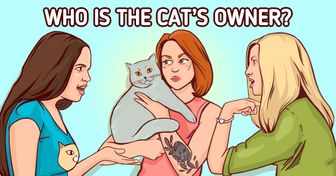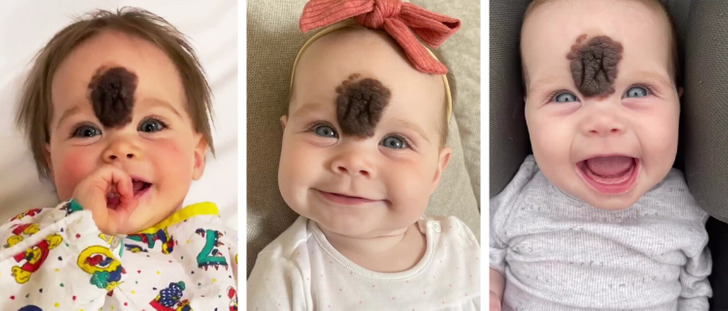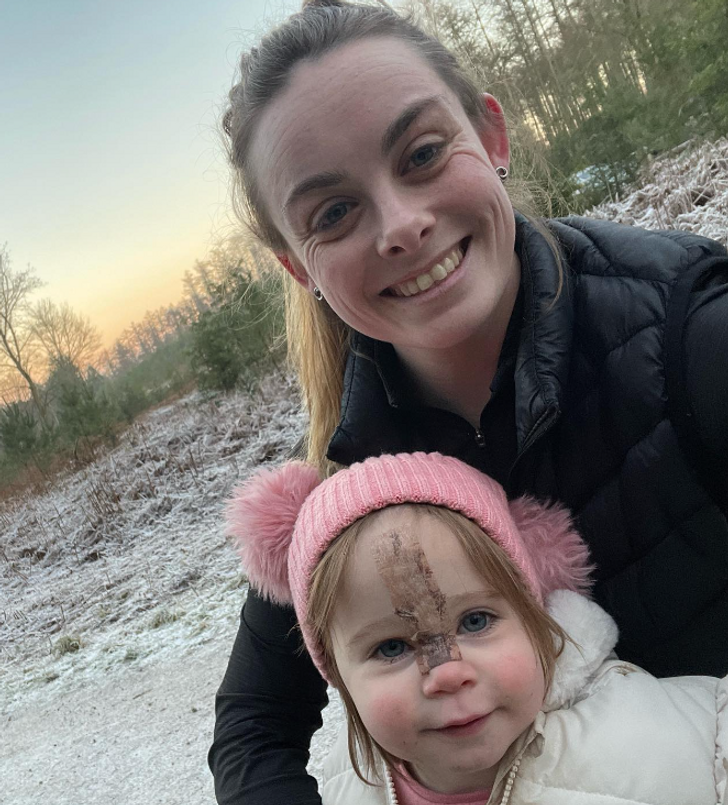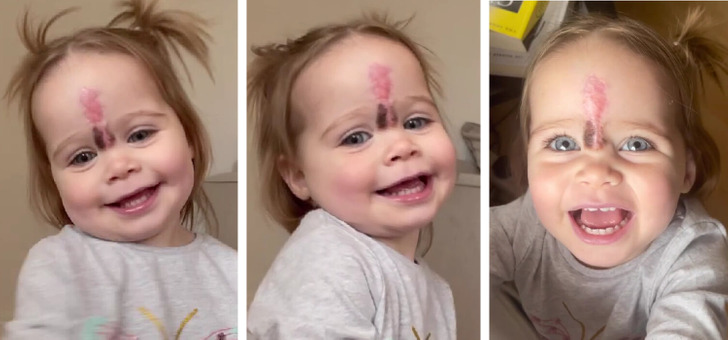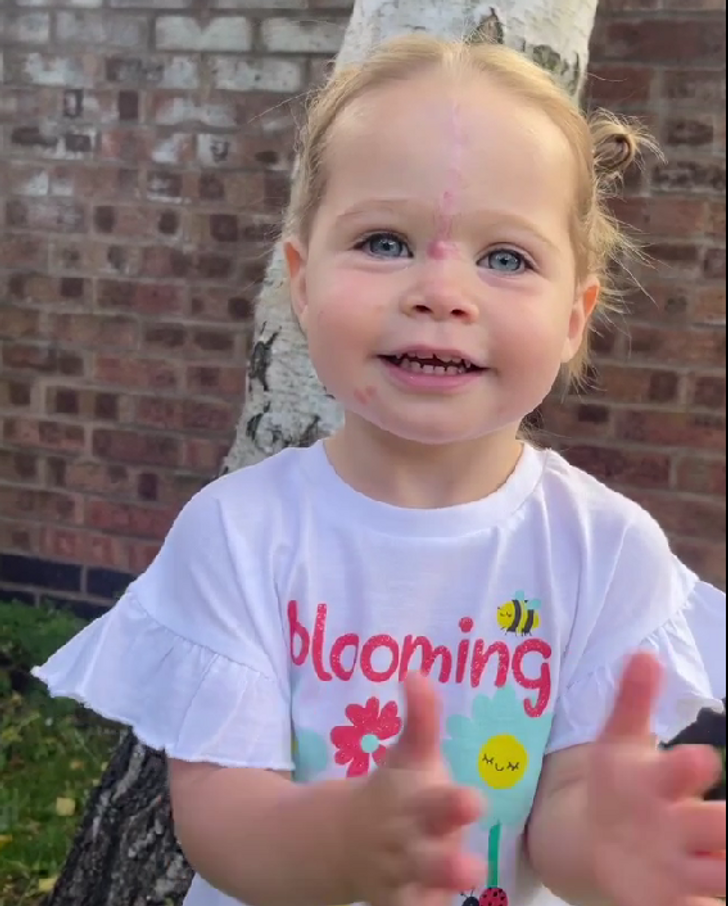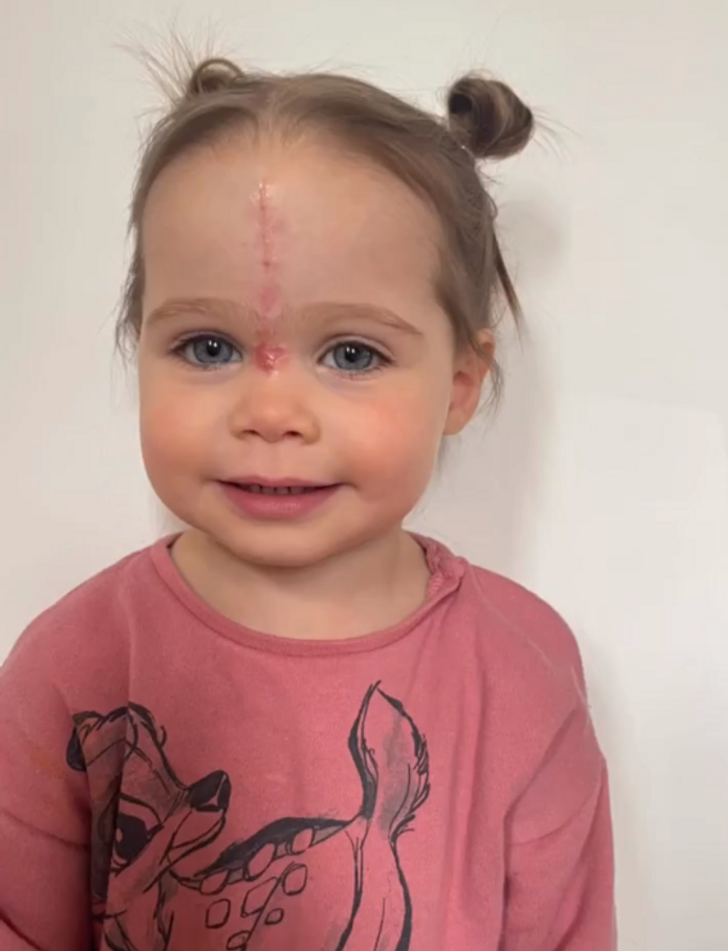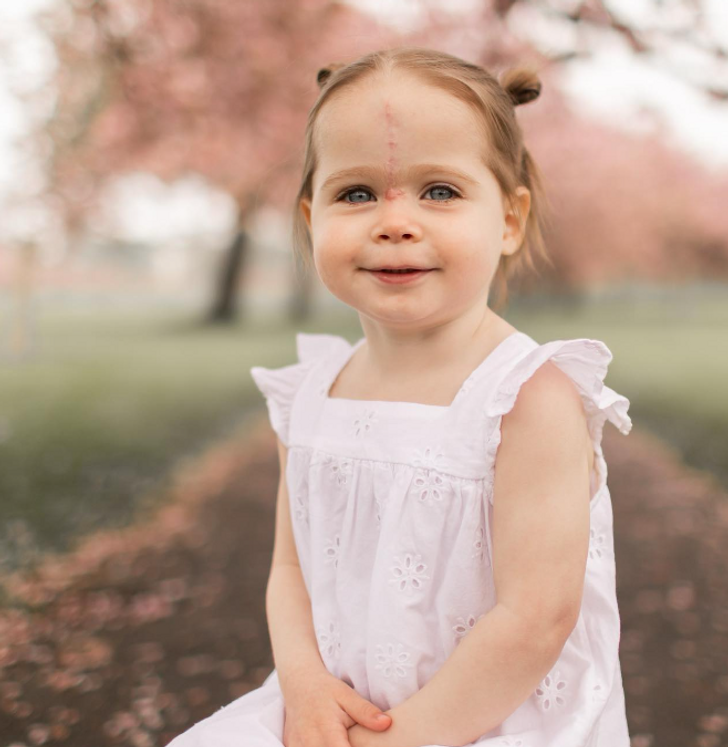What a beautiful little princess!! 😍
’’We Got Stares’’, Parents Choose to Remove Baby Girl’s Rare Birthmark to Avoid Rude Reactions
A happy mom recently told the story of how her little girl said goodbye to a birthmark on her forehead, even though they initially faced some criticism from doctors.
A very uncommon birthmark.
Here’s the story of Celine Casey and her two-year-old daughter, Vienna Shaw. Vienna was born with a rare birthmark called congenital melanocytic nevus (CMN) on her forehead, which only occurs in one out of every 20,000 newborns.
When Celine learned about the birthmark, she felt worried and wondered if she had done something wrong during her pregnancy. She didn’t know what the birthmark would mean for Vienna but was determined to remove it so that her daughter could grow up without feeling different.
Even though the birthmark didn’t affect Brookshaw’s physical health, Casey knew it could impact her daughter’s mental well-being as she grew older and interacted with other children who might be curious about her condition.
Celine shared that the family sometimes used to hide Vienna’s birthmark by covering her face when they went out. She said, “We went out daily with her and got a few stares.”
The surgery was challenging.
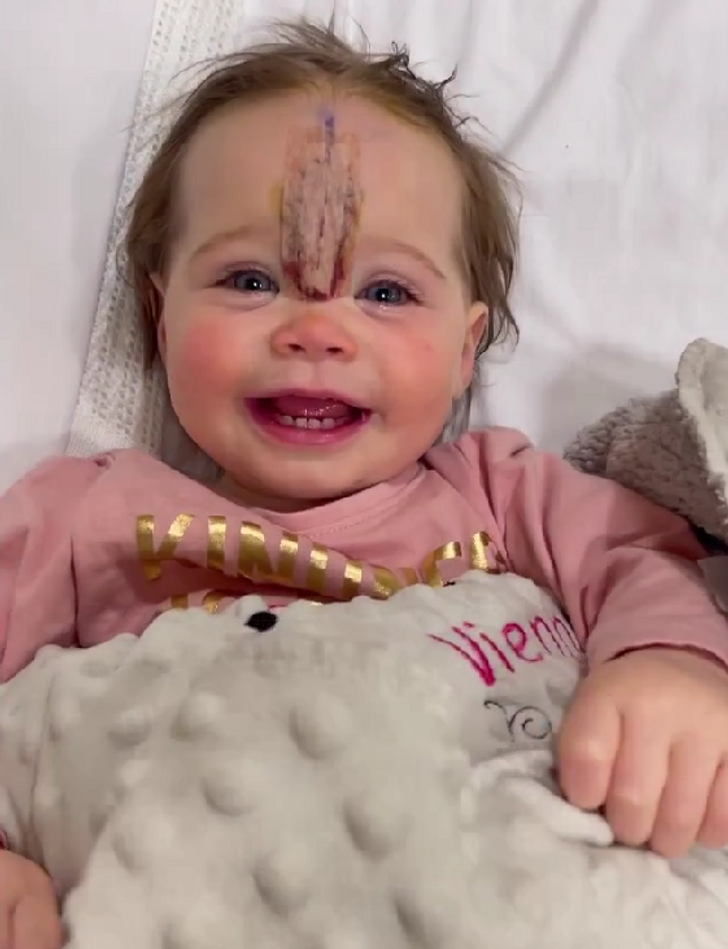
I grew up with a very handsome boy who had something similar down the bridge of his nose. Everyone at school loved him.
He should have had his birthmark removed while young.
At the age of 22-23 he died from Cancer which they put down to that birthmark he had on his nose from birth.
Over his short lifetime, it had developed & in the end his body was so riddled with cancer it was inoperable.
Casey did the right thing for this precious baby.
Not just for aesthetic reasons.
When they sought help from the NHS, the family received disheartening feedback. Doctors couldn’t go ahead with the surgery to remove the birthmark, categorizing it as a cosmetic procedure.
However, the parents viewed it differently. They were genuinely worried about potential teasing from other kids, which could affect their daughter’s mental well-being at a young age. Casey was also concerned that if they didn’t remove the birthmark, her daughter might grow to resent her and her partner.
The parents took matters into their own hands and privately raised the required funds. Through crowdfunding, they managed to gather $52,000 within 24 hours. However, due to increased hospital costs in 2020, they had to raise an additional $27,000. With a new funding request, they eventually reached their goal.
They encountered difficulties with doctors.
Disagreements between the medical team and the parents have led to differing opinions. Vienna’s parents wanted the birthmark removed through surgery, but the surgeon refused to perform the procedure. The surgeon’s stance is rooted in the belief that the child should make the decision once she reaches an appropriate age.
After this controversy arose, Daniel Brookshaw, Vienna’s father, expressed his dissatisfaction with the doctor’s viewpoint. The doctor also consulted with a dermatologist who concurred with the surgeon, emphasizing that the birthmark doesn’t threaten Vienna’s health and is not cancerous.
The surgery was completed successfully.
Vienna is now two years old, and her doctors have successfully removed her birthmark, leaving only a faint scar between her eyebrows. Casey regularly shares updates on Shaw’s scar and recovery process on her social media, and followers often comment on how beautiful her little girl looks.
Despite the birthmark being gone, Casey mentioned that they still have to travel between cities to check the healing of the scar and see if any additional procedures are needed beyond the three she has already undergone. Shaw is now enjoying the typical life of a two-year-old.
This little girl’s case with her birthmark brings attention to the delicate balance between parental advocacy and a child’s autonomy in medical decisions. While her parents aimed to secure her social acceptance and well-being, medical professionals stressed the importance of respecting Vienna’s future autonomy over her own body.
This story serves as a reminder of the intricate ethical considerations that arise when navigating the boundaries of parental authority and individual autonomy, prompting broader reflections on the rights of minors in the medical realm.
Comments
Related Reads
Young Woman Documents Her Double Jaw Surgery, and Leaves Everyone Stunned With the Results
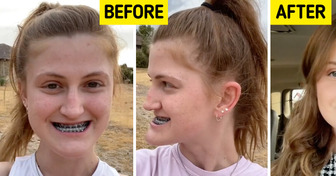
The Most Beautiful Girl in the World Has Grown Older. Here’s What She Looks Like Today
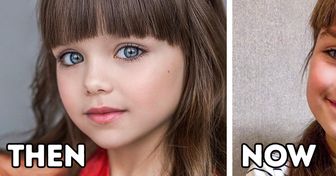
Keanu Reeves Chops Off His Long Hair After Years and Stuns Fans With His Transformation
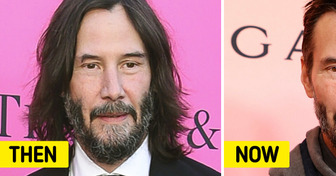
The Story of the Baby Who Challenged Doctors With His Rare Disorder for 20 Years
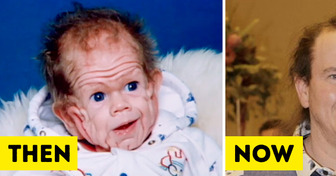
A Homeless Woman Receives a Full Makeover and Impresses the Whole World
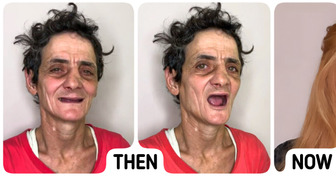
12 People Share True Events That Marked Them Forever
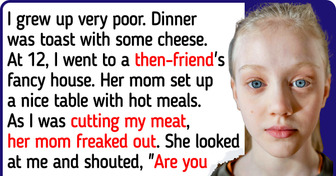
20 Girls Who Just Cut Their Bangs but Look Like They Got a Plastic Surgery
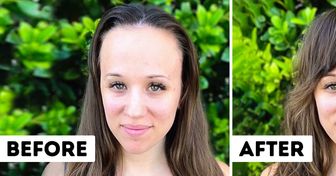
Mom’s Huge Baby Bump Has People Guessing She’s Having Eight Babies
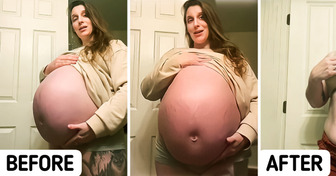
11 Pics That Show How Hard It Is to Keep Up With Modern Beauty Standards

14 Mysterious Events That Made People Think: “I Won’t Get Over This!”
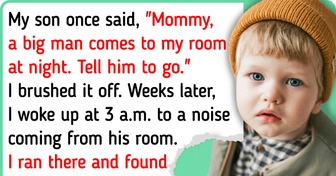
My Only Son Excluded Me From His Wedding Because of His Fiancée’s Dark Scheme
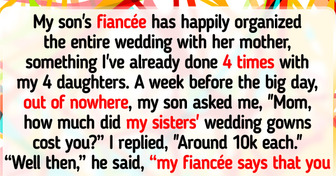
14 Logical Riddles That Can Keep You Up All Night
